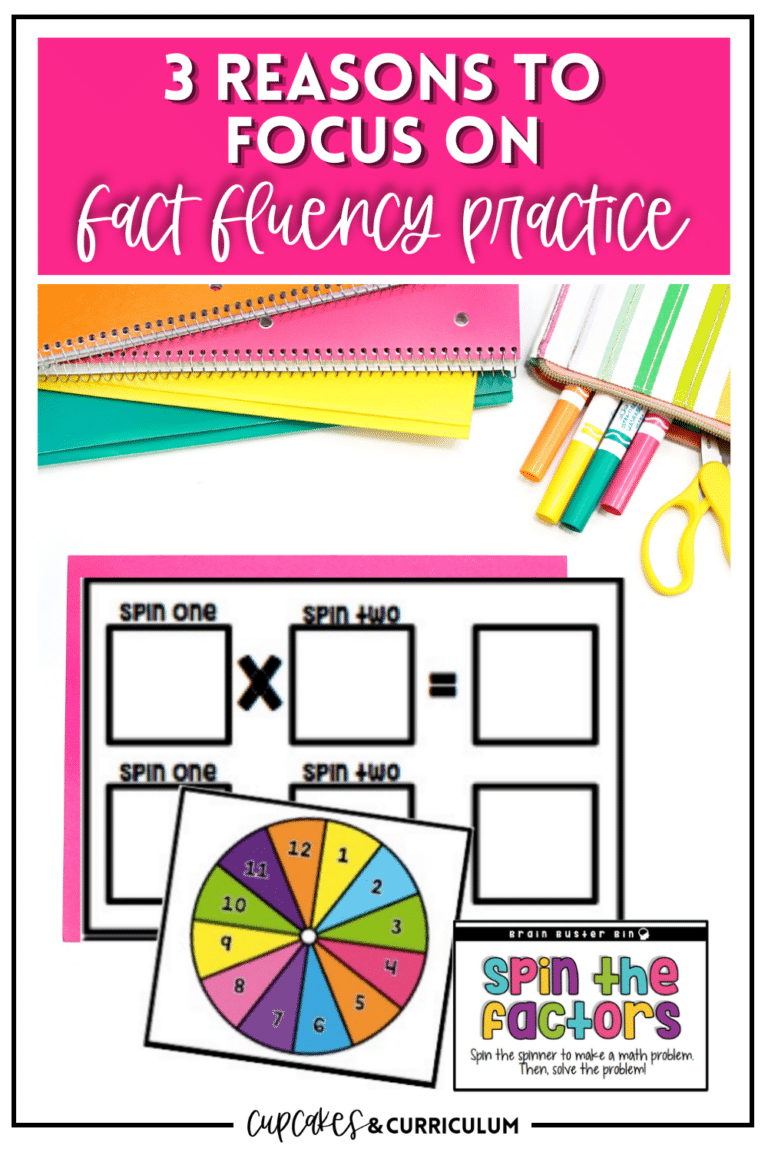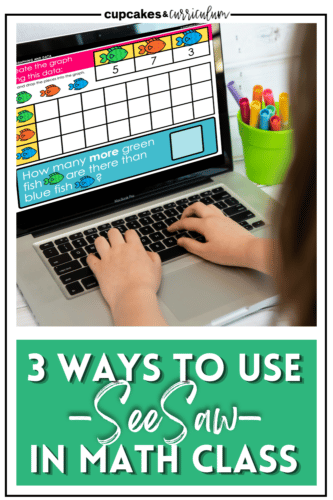
 There are more options than ever for keeping early elementary students engaged in our modern classrooms, thanks to cool apps, like the increasingly popular Seesaw!
There are more options than ever for keeping early elementary students engaged in our modern classrooms, thanks to cool apps, like the increasingly popular Seesaw!
One of the best things about this app is its versatility. Teachers can use it for a range of subjects, and a range of grade levels, and can use it primarily as a teaching tool, or if you have student devices in your classroom, it can also be used as an interactive learning journal so students can have hands on practice in a variety of formats.
Ready for 3 quick tips for using Seesaw in your math lessons? Read on, and share your ideas in the comments!
Seesaw offers several tools for documenting learning, including photo, video, notes, and drawing tools. The drawing tool is a great update to the traditional “pen and paper” approach to building mathematics fluency.
Use the app to show students how to draw out addition problems to start building their understanding of grouping.
For example, 5 + 5 + 5 + 5 can be written out, and then students can draw four circles of 5 to better visualize the problem at hand.
The dynamic interface of Seesaw allows you to use multiple tools at a time.
A great way to do this is to use the photo tool to take pictures of various classroom objects, for example, a rectangular bookshelf, a circular clock, and a square chalk board.
You and the students can then use the drawing tool to make up the images and the text box to label the shapes, types of lines, and even angles that appear in these common classroom objects.
Another great way to use multiple Seesaw tools at once? Use the drawing or note tool to write out a problem, and then use the record feature to model “thinking out loud” as you solve the problem.
Students can then repeat this process, and you can use the recordings of their thought process as a great informal assessment to help guide future instruction and develop deeper critical thinking skills.